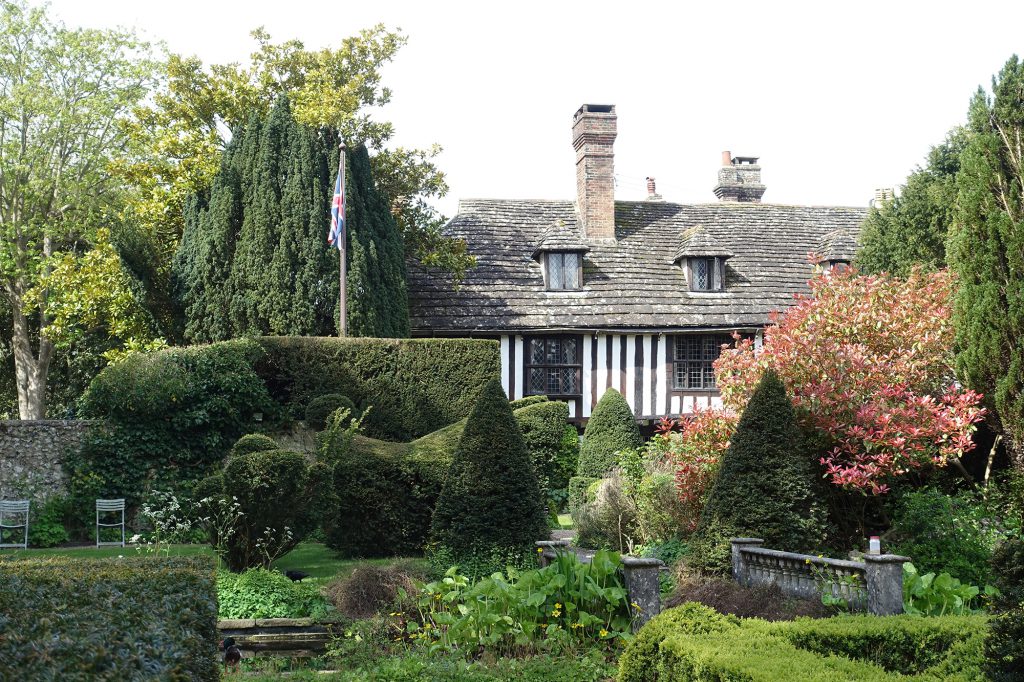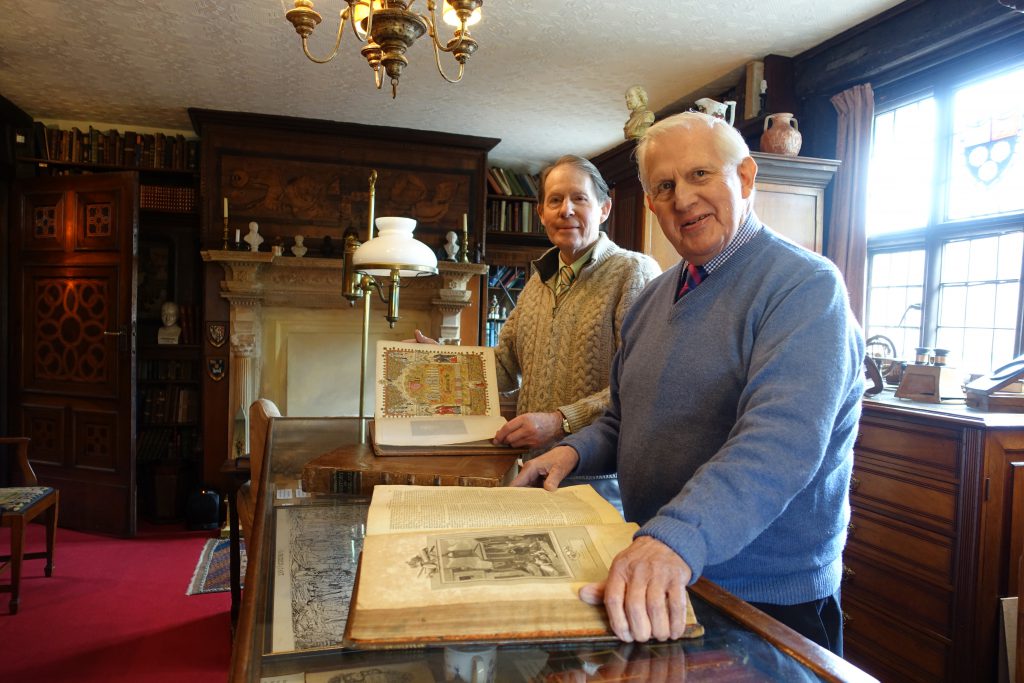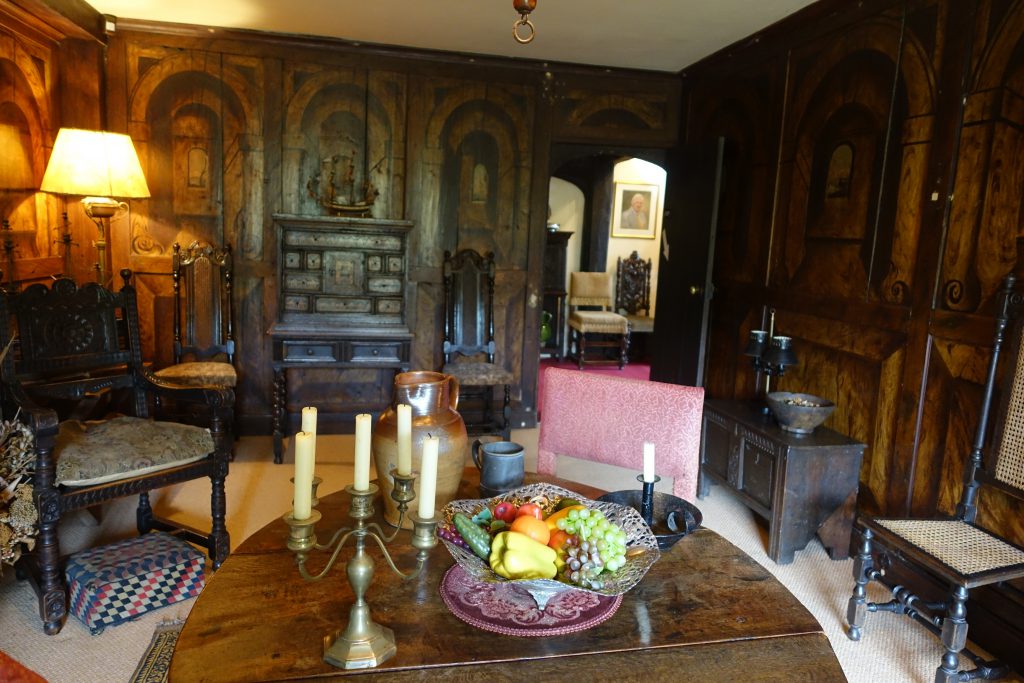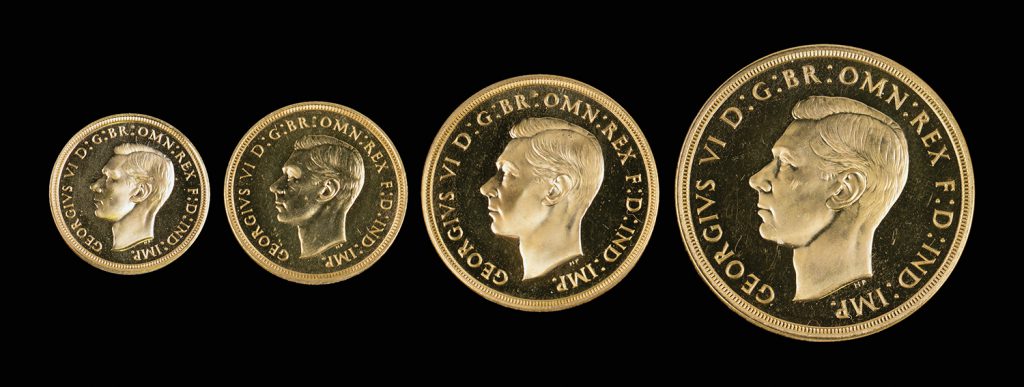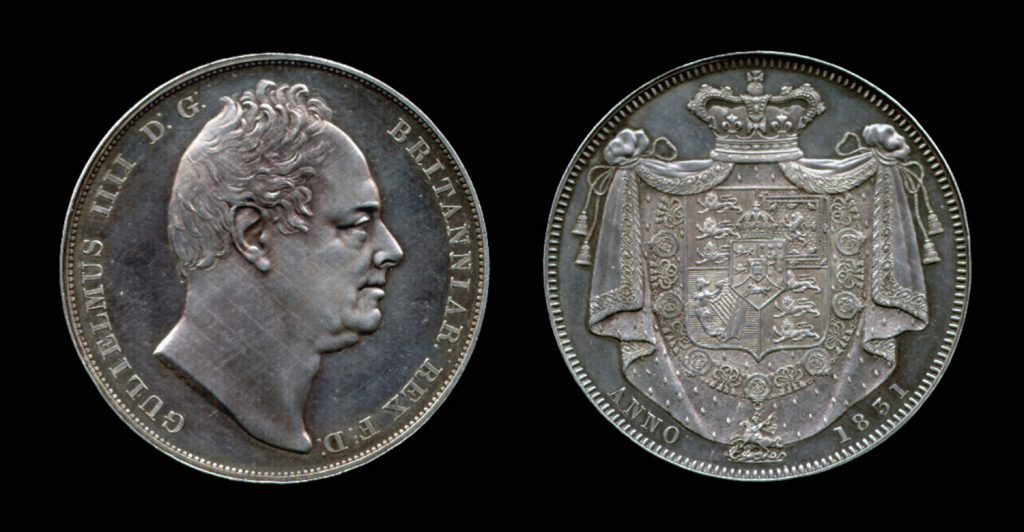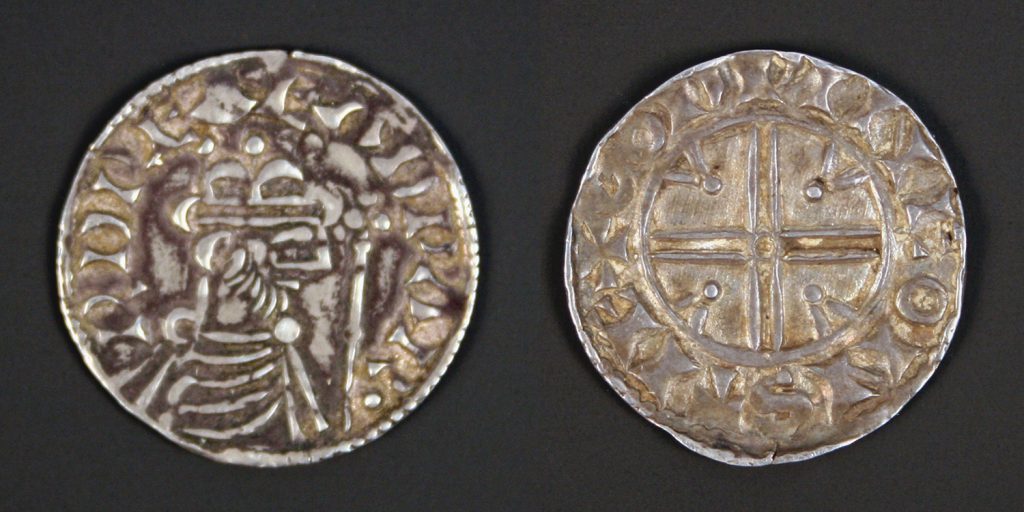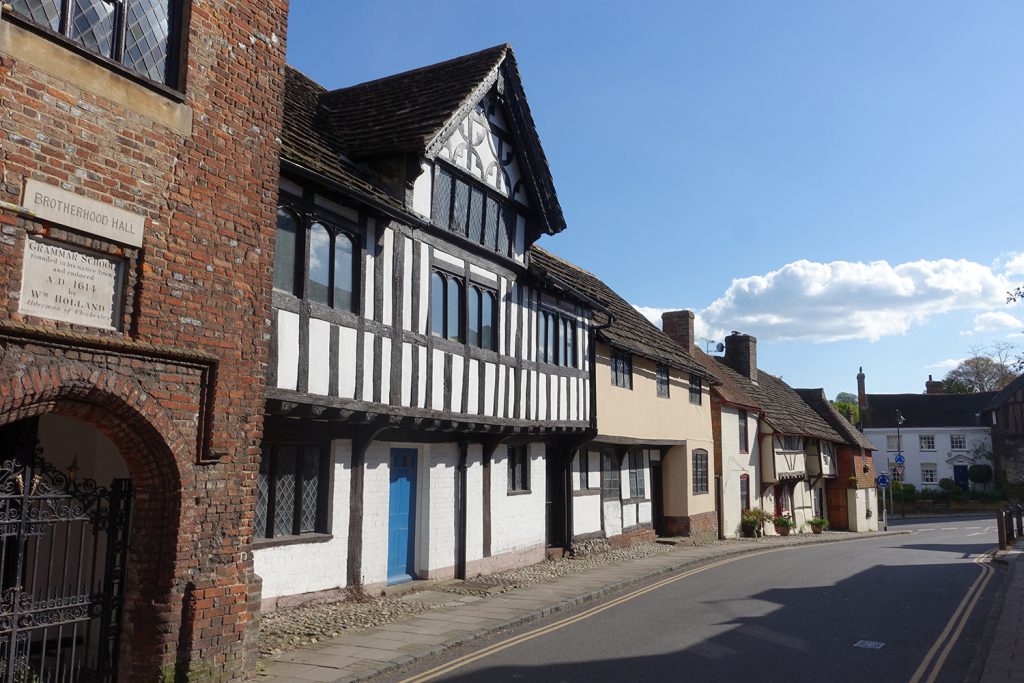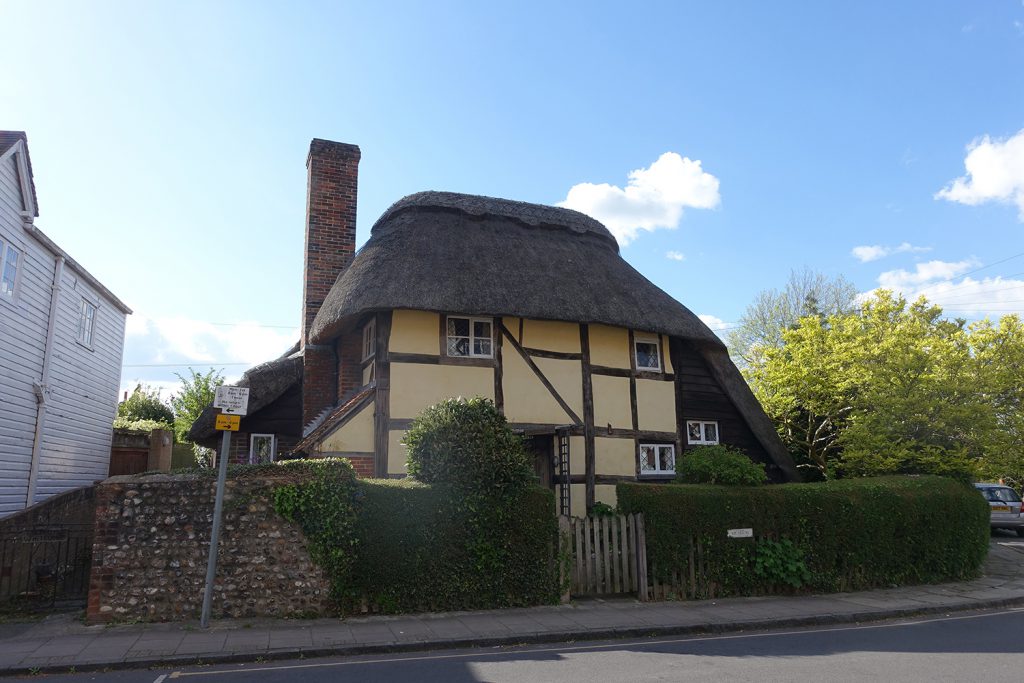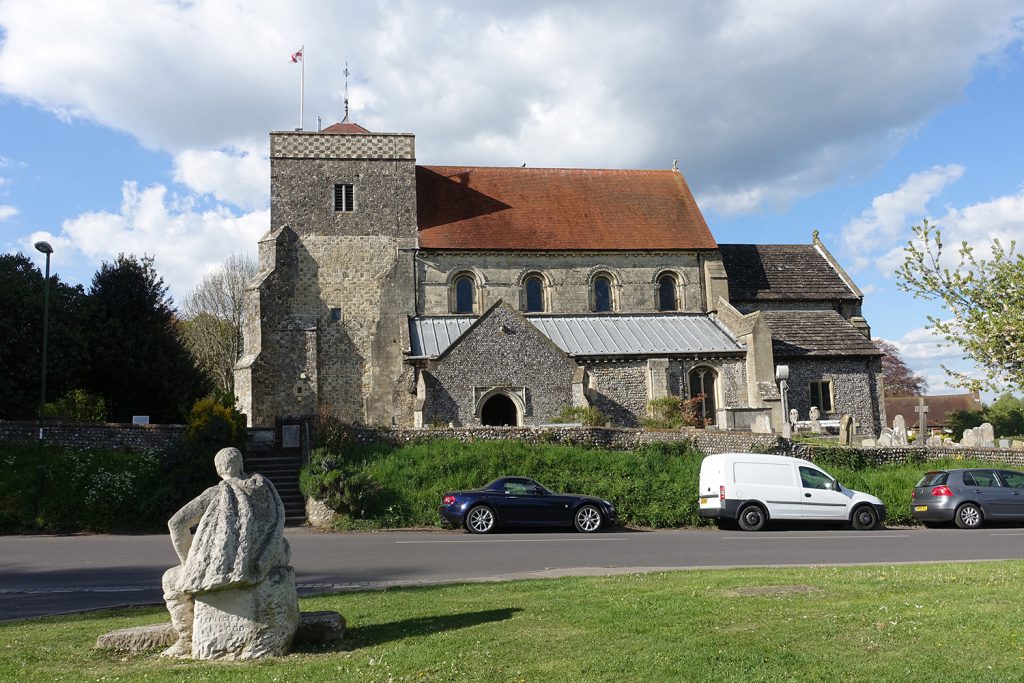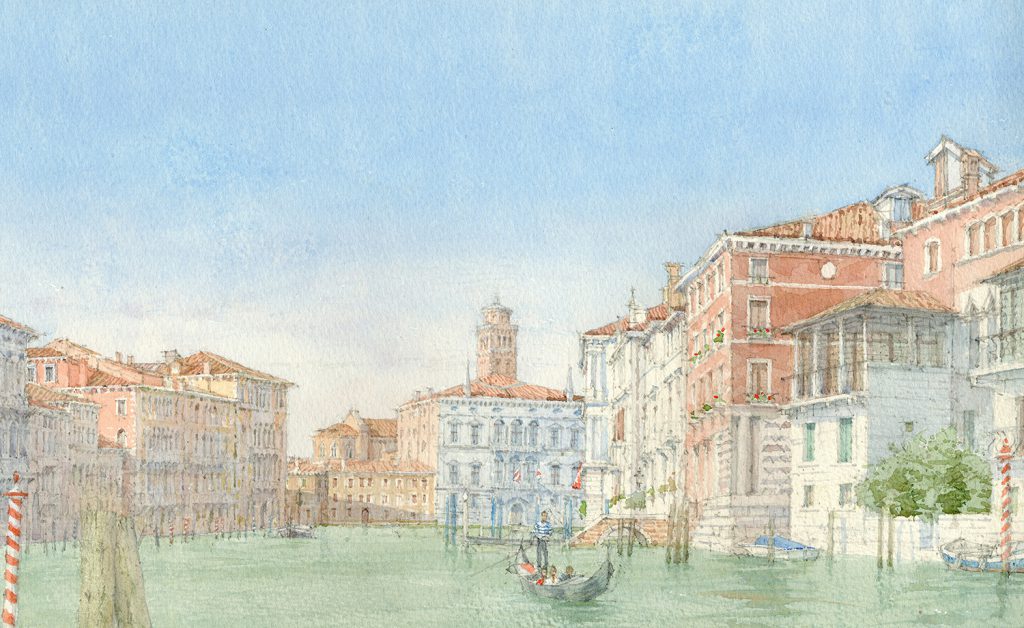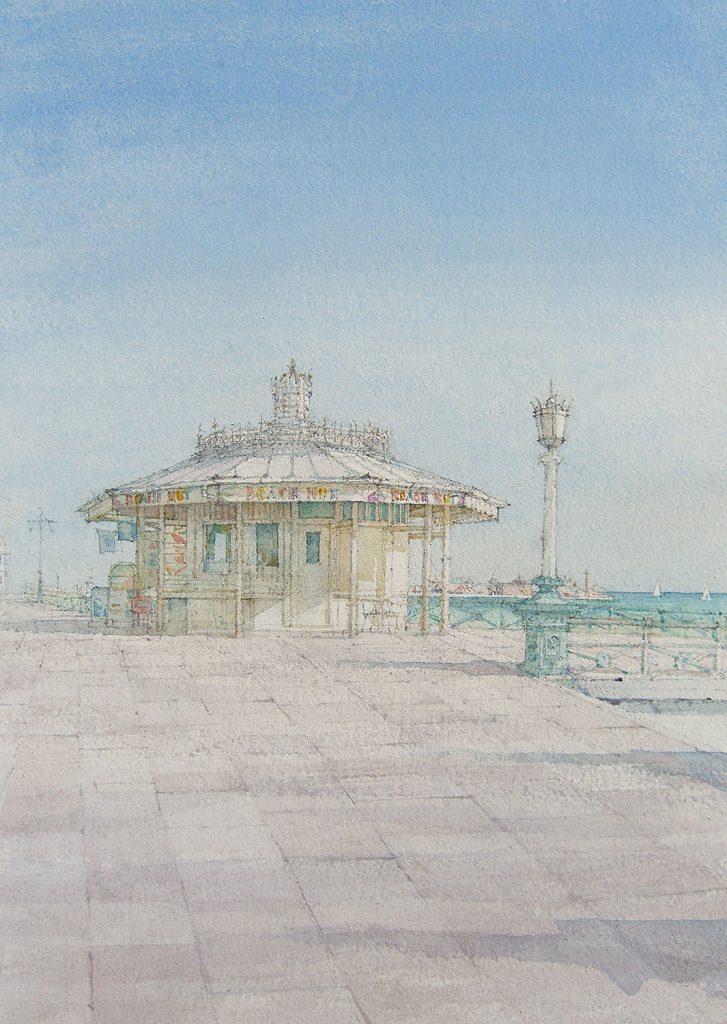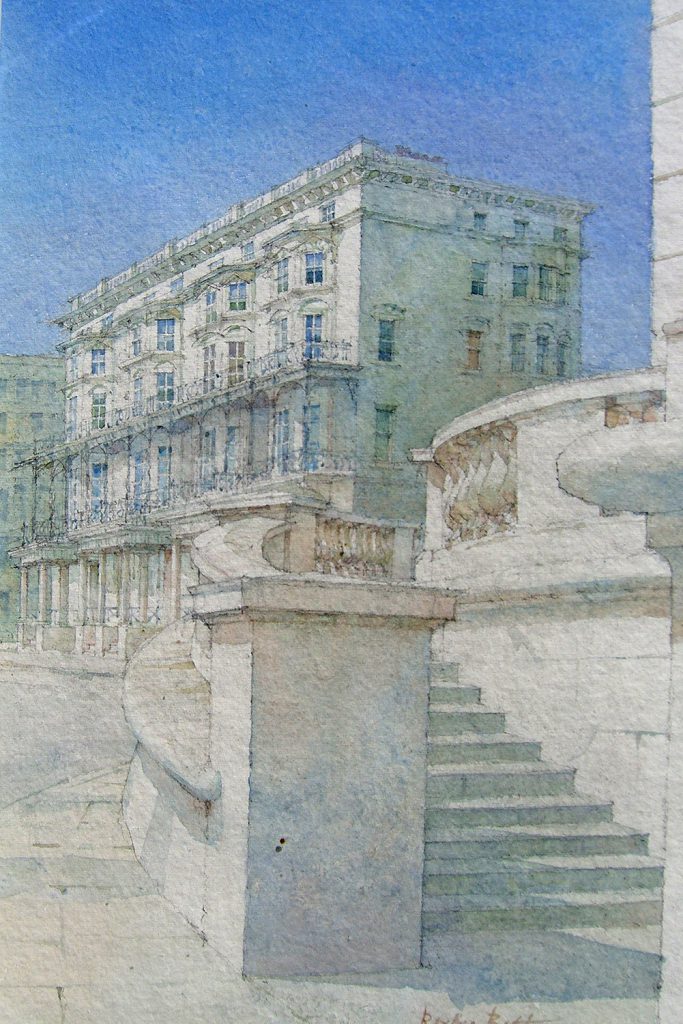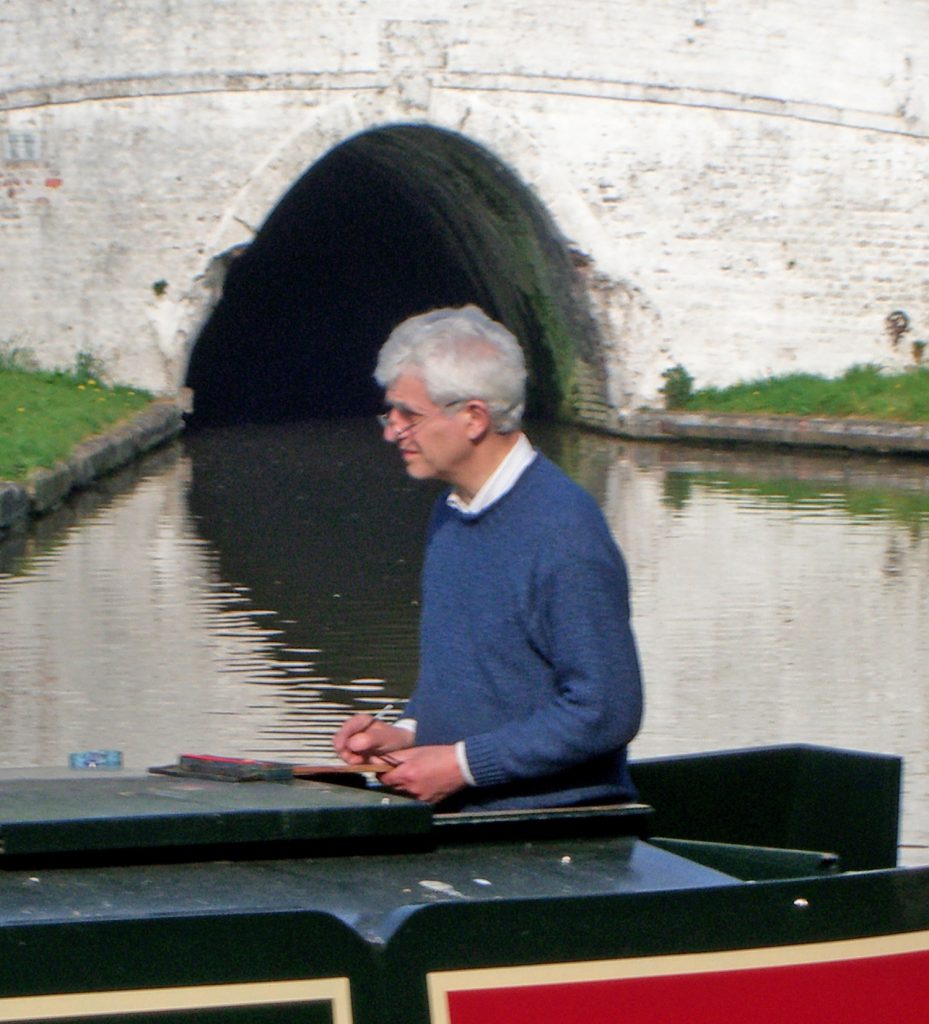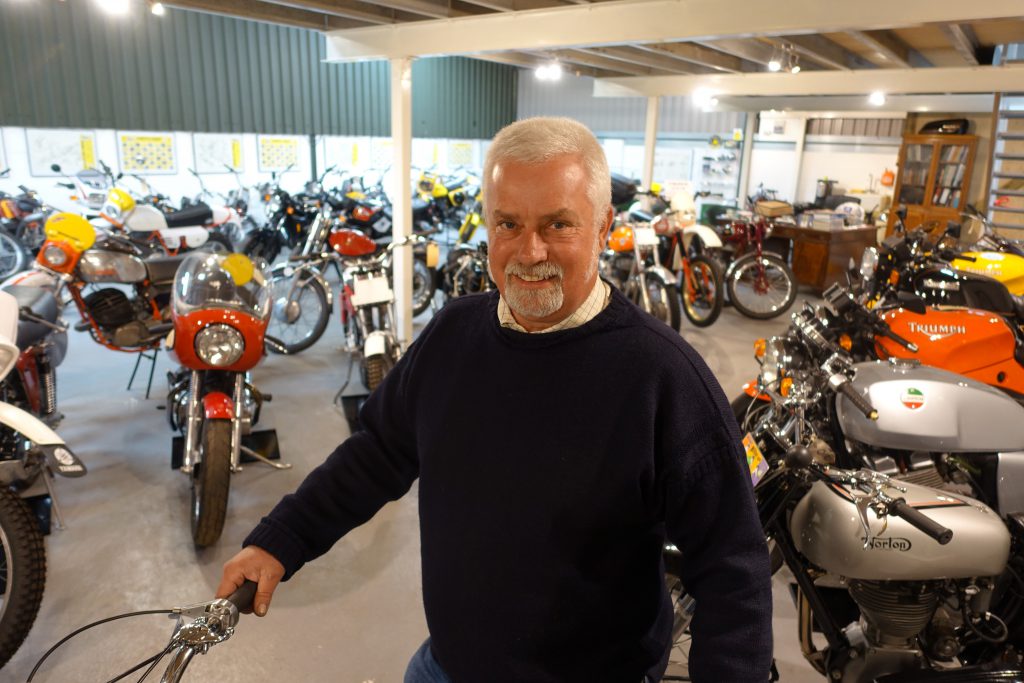
This week I am in the company of lifelong motorcycle enthusiast and mechanic, Simon Elliott. He greets me at the entrance to the Ideal Motorcycle showrooms, a venue well known to enthusiasts and collectors.
As we enter the contemporary barn showroom I am greeted by an extraordinary range of vintage, classic and historic motorcycles, most of which are for sale. Each has been painstakingly researched and sourced by Simon. He says “I have a passion for the history of these bikes and their owners. It’s fascinating when you have the original bill of sale or some photographs of a bike from its past.”
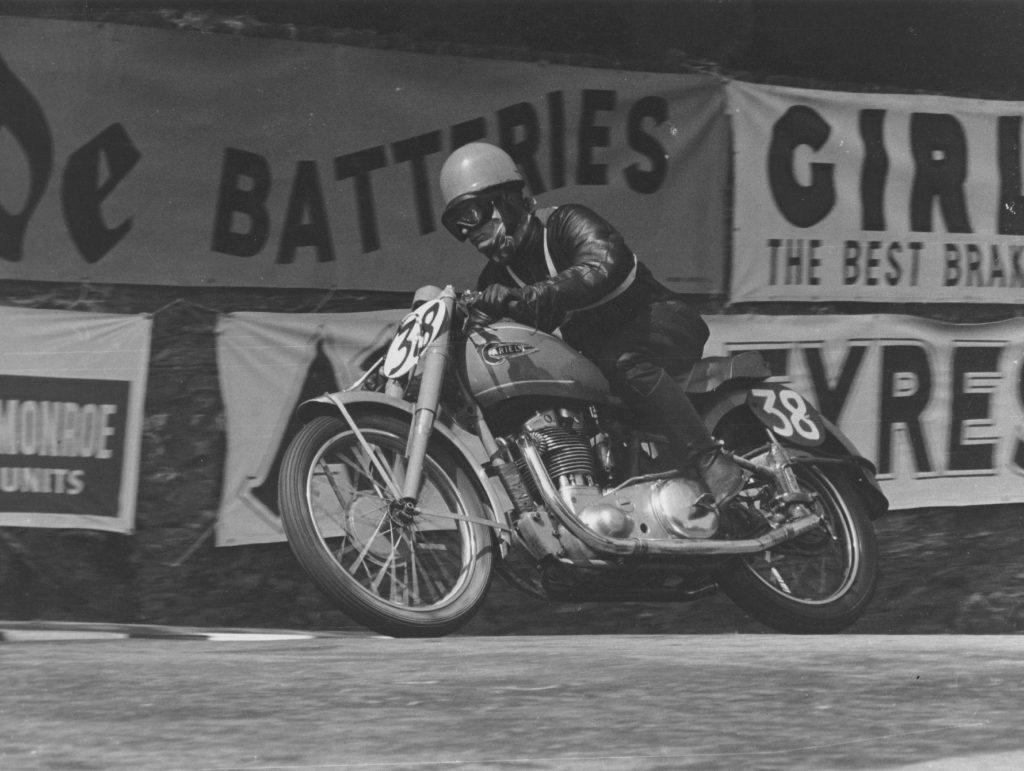
His father, John, raced in the Senior Race at the Isle of Man TT in 1954 which perhaps, in part, explains Simon’s love of motorcycles. His interest dates from an early age. In 1967, at the age of seven, Simon was competing with the Horsham Schoolboy Scramble Club on a bike built by his father.
Simon Elliott has turned a passion for motorcycles into a business.
Two of Simon’s favourite bikes currently in the showrooms are trials machines from the era when his father was racing.
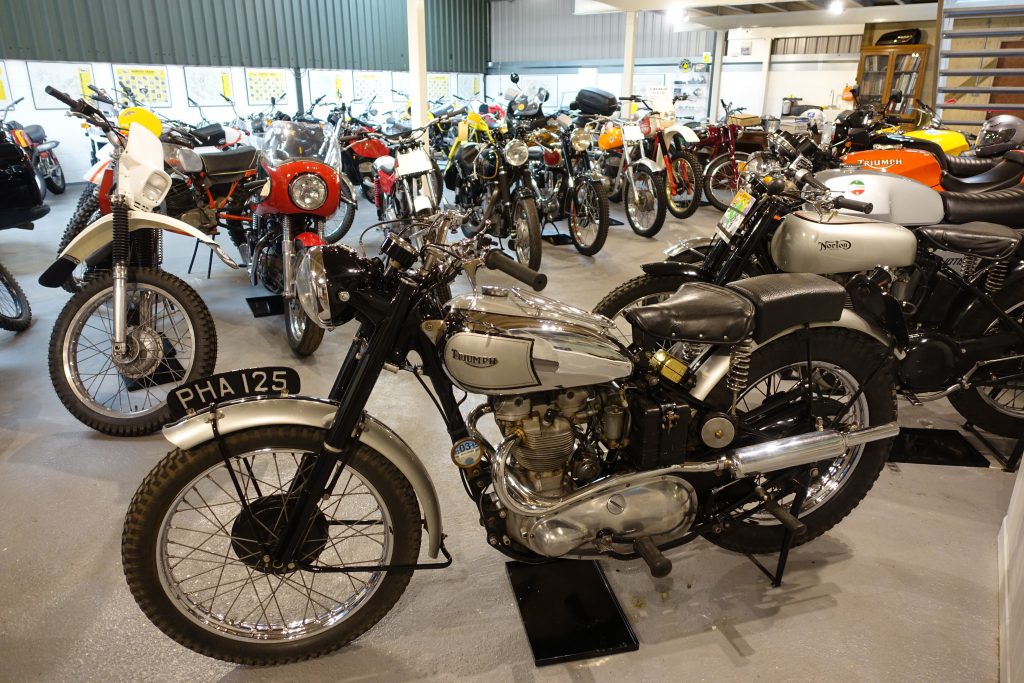
He is keen to show me the Triumph TR5 Trophy which was first registered on 2nd January 1950 and is delighted that he has the original bill of sale and records for much of the motorcycle’s history. Simon enthuses “The bike’s Trophy name came after Triumph won the Italian International Six Day Trial (ISDT) and the manufacturer’s team trophy in 1949. Triumph would also win the ISDT in 1950 and 1951. It was a motorcycle designed to be used every day and for competition at the weekend with its 500cc twin overhead valve engine and wide ratio gearbox.”
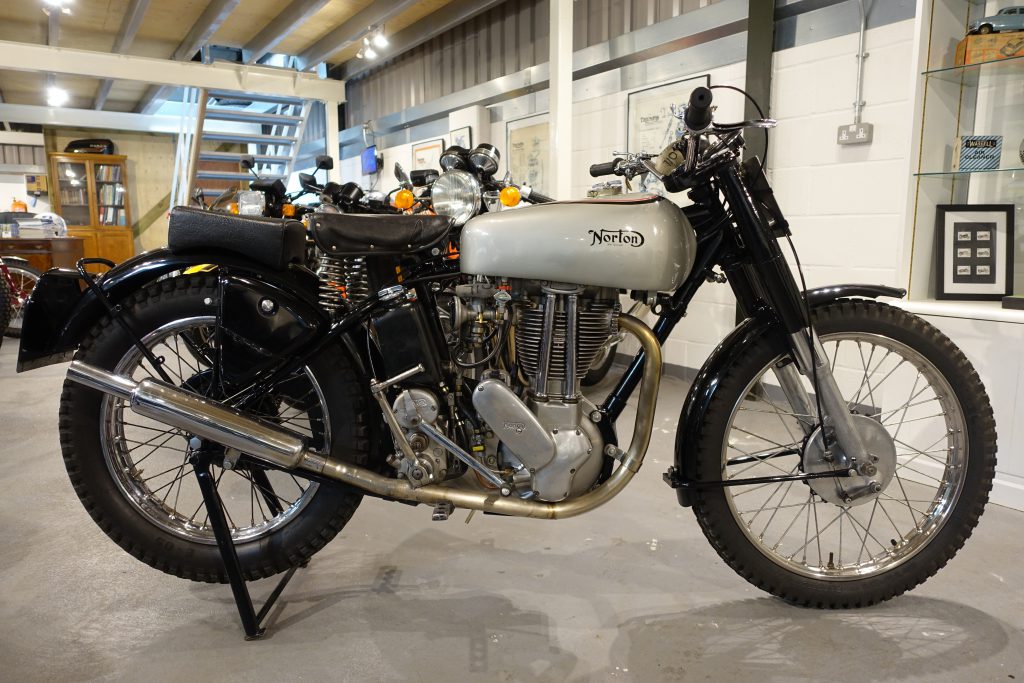
Simon draws my attention to a beautifully restored Norton 500T dating from 1951. Simon explains “It was the only trials bike Norton made in any quantity. It was really intended for competition and unlike the Triumph even the lights were an extra.”
Simon is often to be found at motorcycle shows and events and really values the camaraderie amongst his fellow enthusiasts. He says “People who are passionate about motorcycles often visit or telephone the showrooms just for an informed chat. I’m really pleased that Ideal Motorcycles is becoming a hub for fellow collectors in West Sussex. It’s always good to see them.” Simon has recently welcomed Sussex members of the Vintage Motorcycle Club and British Motorcycle Club at the Ideal Motorcycle showroom.
Simon Elliott’s eclectic motorcycling interests are reflected in his stock. You will find bikes from many eras and nations each carefully chosen by this knowledgeable and passionate connoisseur.
British motorcycles of the Post-War period reflect our nation’s engineering flair and inventiveness. Each has a unique character and individuality which continues to delight enthusiasts more than half a century after they were manufactured.
Simon Elliott has turned his passion for collecting motorcycles into a business. To find out more about Ideal Motorcycles, Spring Gardens, Washington, West Sussex, RH20 3BS, go to www.idealmotorcycles.co.uk or telephone 01903 892492.
By Rupert Toovey, a senior director of Toovey’s, the leading fine art auction house in West Sussex, based on the A24 at Washington. Originally published in the West Sussex Gazette.
